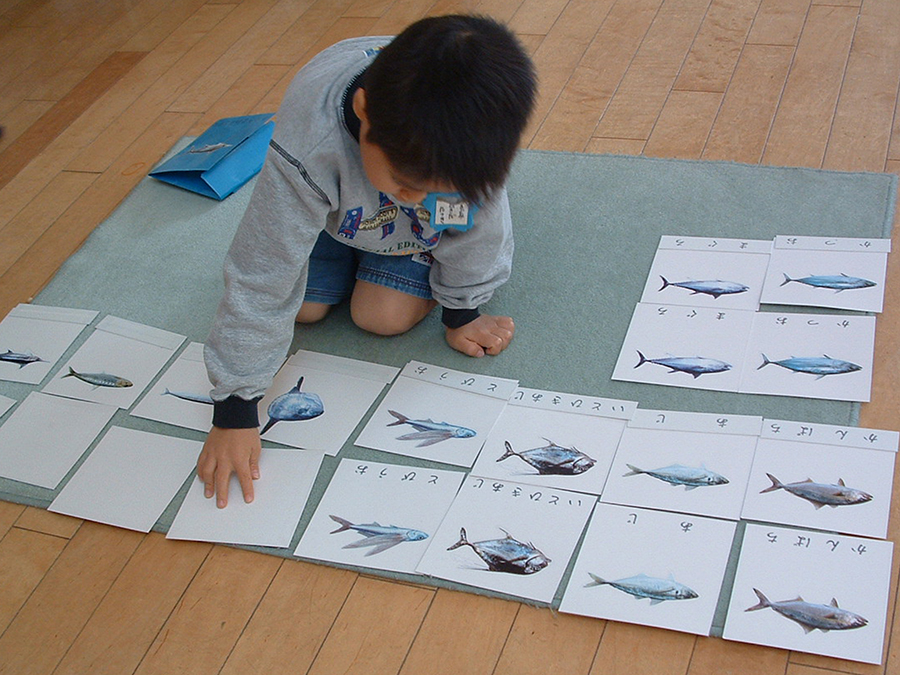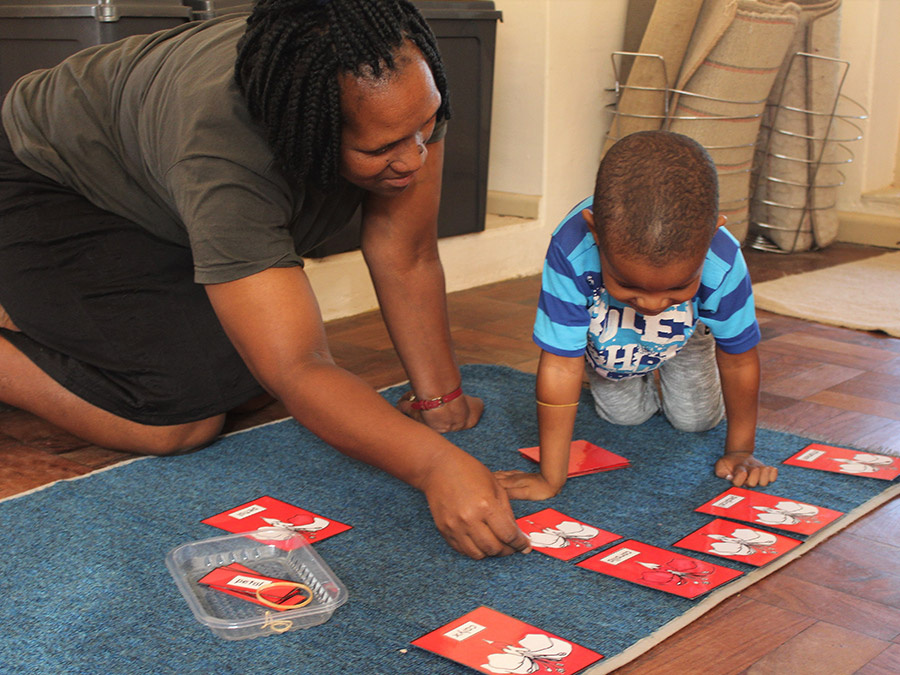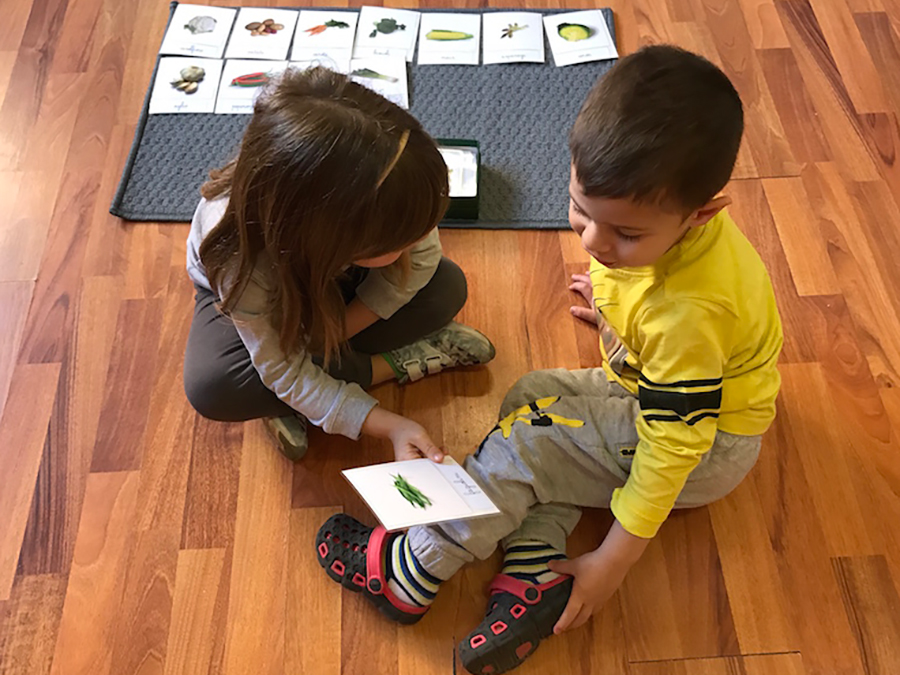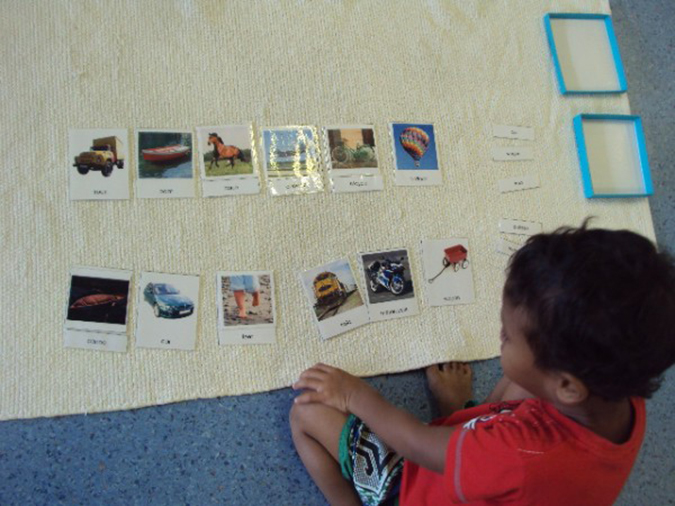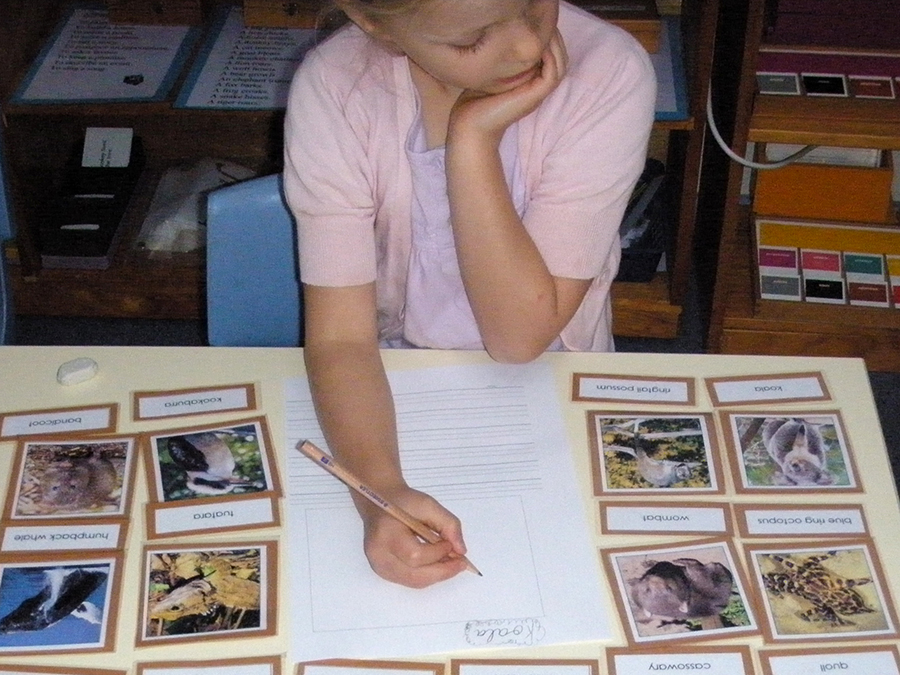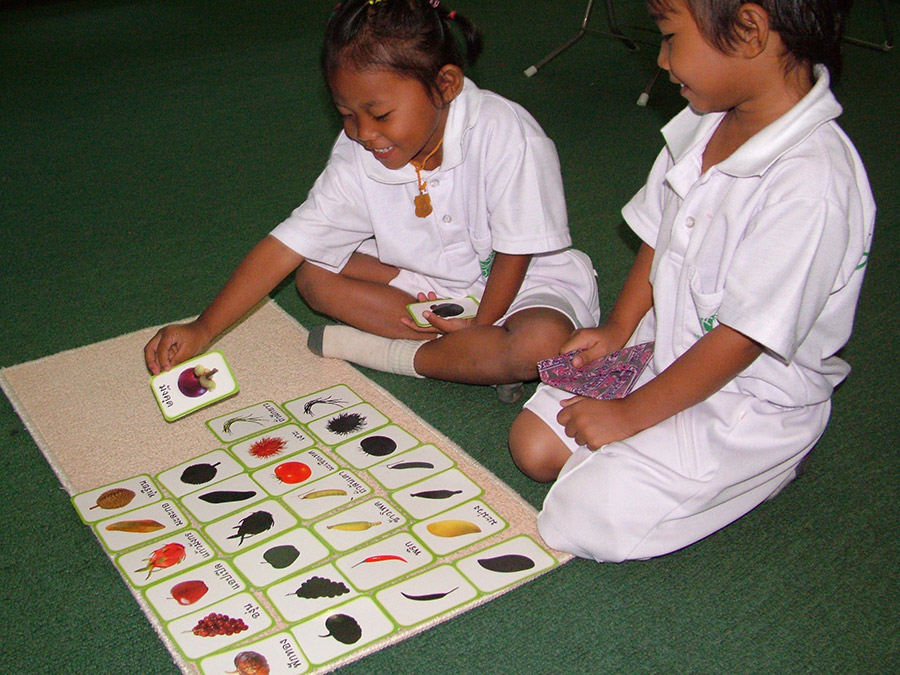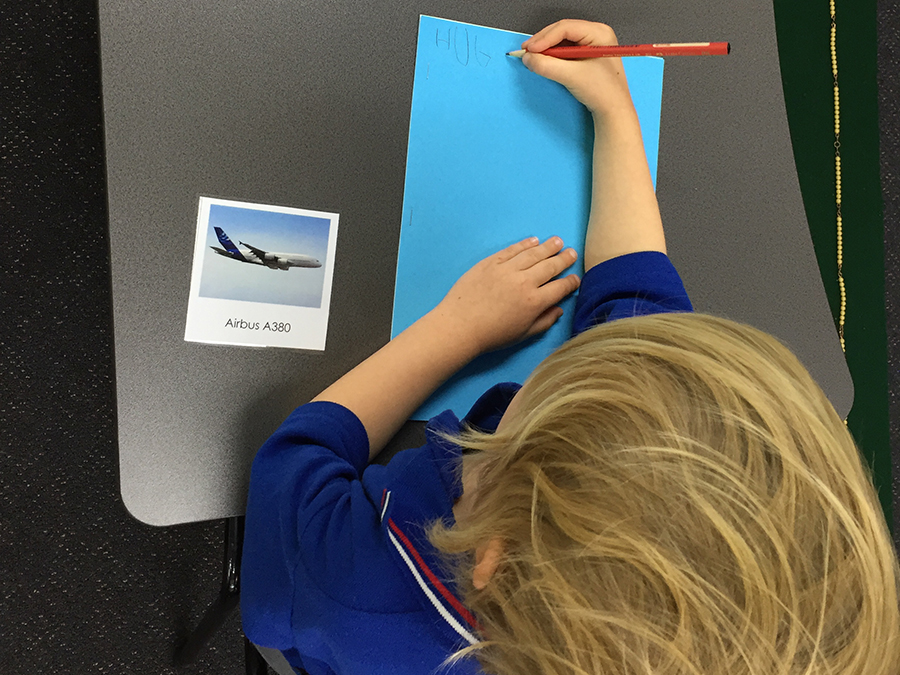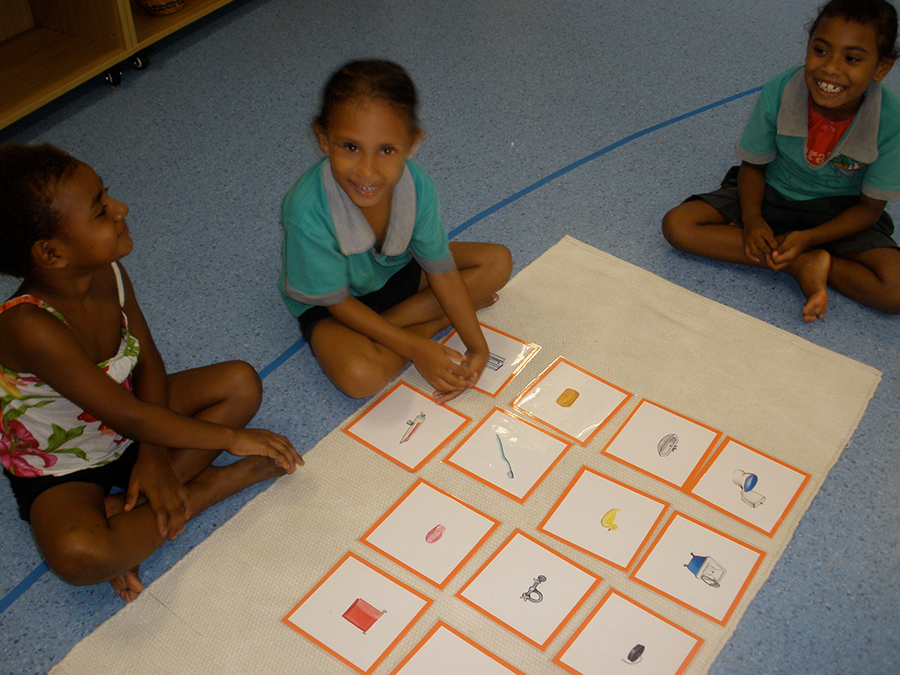Title
How to Use Classified Cards
What are Classified Cards?
Classified Cards are collections of pictures that show and classify various aspects of the world around the child.
Classified Cards are generic at first and show everyday contemporary things children are familiar with, for instance food, transport, plants, animals, buildings, furniture and so on. Classified cards usually have only one object pictured and this should be as clear as possible with minimal background.
Classified Cards are ideal for young children aged between 3 to 6 years but can also be used for older children to introduce more advanced vocabulary and classifications. At all ages the range of cards gradually expands to follow each child's interests and to offer keys to explore the world.
Classified Cards help children's language development and enable them to begin to classify objects in the environment while providing preparation for later studies in the various subject areas.
Preparation: Print Cards on Paper or View on Screen
If you have access to a printer, you just need to print out the downloadable PDFs on paper and then cut as per the instructions provided.
If you are unable to access a printer, we have produced a set of images that you can display on a screen and do an adapted version of the activities below.
Activity 1: Using the Picture Cards
- Choose one set of cards and place the pile of picture cards face down
- Turn the top picture card over
- See if your child knows what it is called
- If they do, place it face up in a row or column on the work space (a table or a mat or rug on the floor)
- If they are not sure you could tell them the name and place it with the other cards or leave it where it is and turn the next card on top of it
- Continue until all the cards are laid out
- Taking up to 3 of the unknown cards give your child the name and then some simple directions using the name, for example. can you give me the elephant, put the giraffe here, point to the hippopotamus, where is the giraffe?…. (in between each direction you can change the position of the cards)
- If your child can correctly identify the cards consistently move on to pointing to one at a time and ask “what is this?”
- Invite your child to mix up all the cards again and put them out saying the name of the picture
- You can also have a conversation about the pictures giving some interesting information e.g. the giraffe has a long neck so it can reach the leaves on the tall trees to eat
Activity 2: Using Picture Cards, Labels and Control Cards
- Lay out the cards one by one in a column or row and check your child knows the name of the picture as you place each card
- If necessary begin a second column or row allowing space to fit another card in between
- Give your child the labels and help them as necessary to read them
- Your child can then place the label under the relevant picture
- At the end take the control cards which have both the picture and label on them and invite your child to place them next to the matching cards and labels
- Encourage your child to check the labels with the pictures are the same (move the labels if needed to match the correct cards)
- Collect the three types of cards (pictures, labels, cards with the picture and label) mix them up within their sets and encourage your child to repeat the above activity
Independent Activities
Once your child has done this a few times they can then repeat the activities on their own at any time and ask for your help if they have trouble reading a label. If you are able to print the cards it is good to put a few sets on a low shelf or table where your child can access them at any time. It's also a good idea to change the sets and keep adding new ones looking out for any areas your child might be interested in.
Children may also like to practice writing out the words, or drawing a picture, or writing a story based on one of the cards. They might also like to find real life examples of some of the objects on the cards (eg. items in their home or garden that match the cards such as leaves, kitchen utensils, colours, similar shapes). The cards might also spark an interest (in say insects or animals or cars) that can then be followed up by searching for more information online, reading books, telling stories, asking questions.
Further Information
It is important to note that the introduction of the classified cards to children, at the 3–6 level, has a purpose beyond that of giving them precise words to represent the physical, social and cultural environments that they are living in and exploring. The cards are there to extend their understanding of the world around them, building frameworks for thinking about and for exploring their world both physically and mentally. The classification of objects in picture form brings into the prepared environment, experiences that extend those that the children have experienced sensorially in ‘real’ form and they provide a link to, and an extension of, the child’s real life experiences, building up their frame of reference and their understanding of the world.
As an example, the classified cards named ‘vegetables (stem)’ can be used in two ways: either to represent foodstuffs that belong to the larger classification Plant – Vegetables or, when the children have been introduced to the 3 part cards that represent The Plant (roots, stem, leaves, flower and ultimately fruit) as an exploration of both ‘Vegetables’ and ‘Vegetables that are considered to also be stems’. At this level, children may be prompted to a further exploration of vegetables that are considered roots, or leaves, or flowers or fruit. It is important to recognise that although the Teacher/Guide may need to respond to the children’s’ newly embarked upon exploration by ‘finding’ other classified card examples of these categories, it is the children’s questions and desire to explore further that must be answered through the Guide’s artful presentation of Vegetables (stem). This is NOT a further addition to an existing ‘curriculum’ that children must follow, rather a response to the children’s growing internal framework in understanding their world. This exploration can be augmented by stories and conversations relevant to that child’s curiosity and their questions. What may be an exploration for one child, may not be for another.
